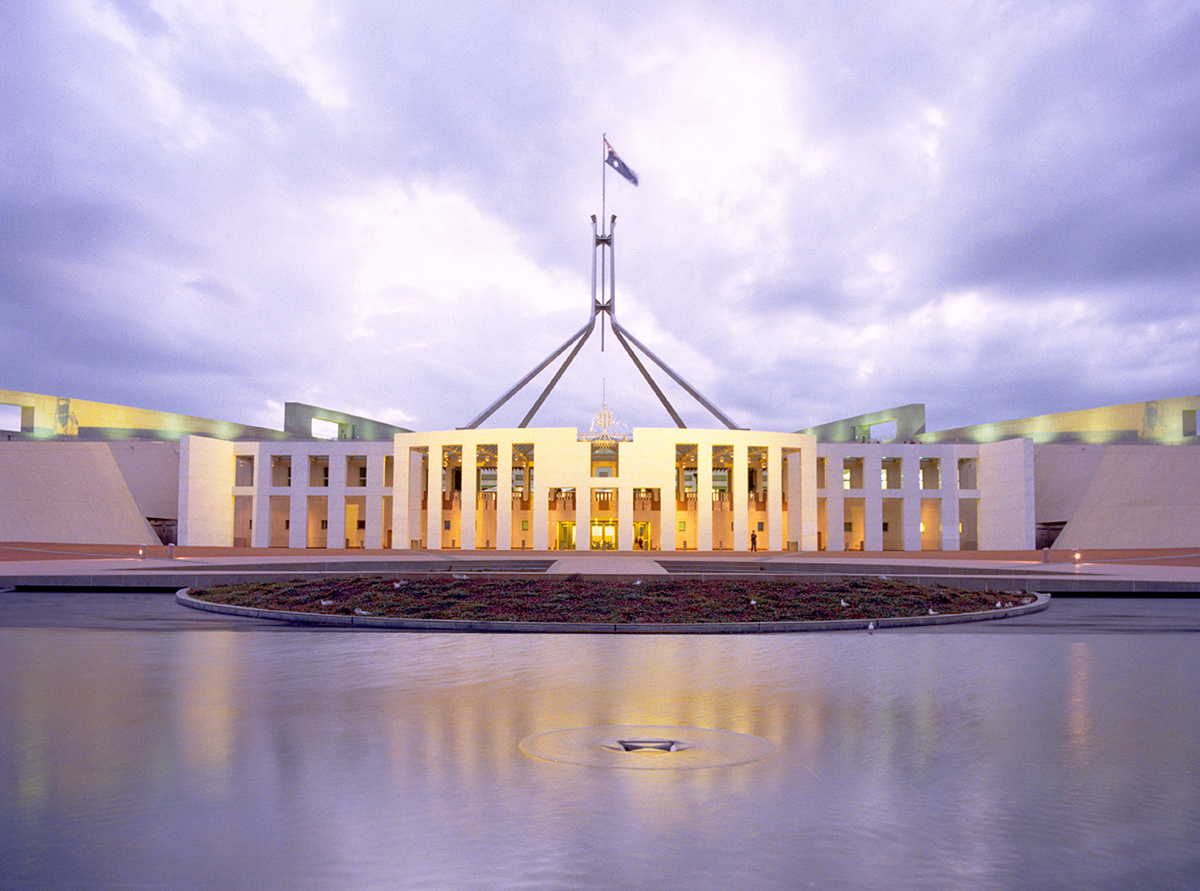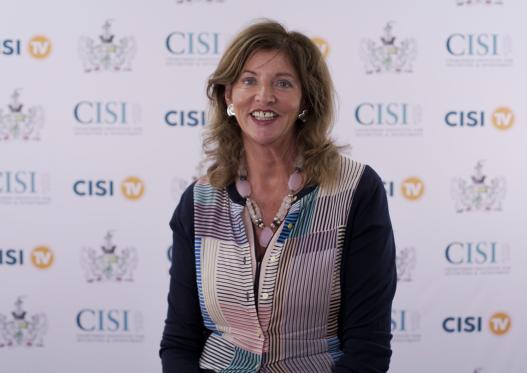FINSIA has used AI-generated summaries of the official cases put forward by the Voice Yes and No campaigns for an easy-to-digest overview for members.
As FINSIA’s ongoing mission for more than 136 years has been to educate professionals, we will be leaving it to individual members to make their own decisions rather than urging them to vote one way or the other.
That’s why we have utilised Artificial Intelligence to create an objective summary of the cases put forward by the Yes and No campaigns for those busy professionals who will be voting on October 14.
But we want to ensure all of you have access to the information needed to make an informed decision about the vote on a proposed law to alter the Constitution to recognise the First Peoples of Australia by establishing an Aboriginal and Torres Strait Islander Voice.
Below these summaries are links to the full-length 2,000-word cases put forward by each side and distributed by the Australian Electoral Commission.
And for those who want to learn more, we will be hosting several podcasts between now and October 14. Look out for the first next week.
The case for voting YES
Voting "Yes" for the proposed referendum is a vote for a more promising future for both Aboriginal and Torres Strait Islander people and all Australians.
The affirmative vote is about achieving recognition, unity, hope, and positive change. The key points in favour of voting "Yes" are:
Recognition: Voting "Yes" entails recognizing Aboriginal and Torres Strait Islander people in the Constitution, acknowledging their 65,000 years of culture and heritage. It involves heeding the advice of these communities on matters affecting their lives to enable governments to make more informed decisions.
Better Results: By voting "Yes," tangible progress can be made in areas such as Indigenous health, education, employment, and housing, ultimately enhancing the quality of life for these communities. The change can only be realized through active participation in the referendum.
Concrete Change: The proposal for a Constitutional Recognition through a Voice is directly suggested by Aboriginal and Torres Strait Islander people. The Voice would be a committee consisting of members from every state and territory, the Torres Strait Islands, and various representative groups. They would provide advice to the Parliament and Government regarding issues impacting their communities.
Addressing Challenges: Aboriginal and Torres Strait Islander people face significant challenges, such as lower life expectancy, higher rates of disease, infant mortality, and limited educational and employment opportunities. The current approach has proven ineffective in addressing these issues, making it necessary to listen to the communities themselves.
Practical Impact: The Voice is an avenue for practical change, offering advice on various issues affecting Indigenous Australians, from health improvements to services in remote areas. This approach has yielded positive results in other contexts, such as community-controlled medical services and education initiatives.
National Unity: Voting "Yes" brings Australia together by reconciling the past and forging a better future. Similar nations like Canada and New Zealand have acknowledged their First Peoples, and experience suggests that there is much to gain from such recognition.
Efficient Use of Funds: When governments listen to communities, they achieve better outcomes and utilize funding more efficiently. The Voice provides an avenue for local perspectives to influence decisions, thus ensuring more effective allocation of resources.
Stability and Independence: Incorporating the Voice into the Constitution grants it stability and independence. Legal experts support its constitutionality, and the Voice's advisory role will enhance the government's decision-making process without possessing veto power.
The referendum provides an opportunity to support the aspirations of Aboriginal and Torres Strait Islander people, as expressed through decades of effort and collaboration. The "Yes" vote signifies a commitment to unity, recognition, and making practical improvements in the lives of Indigenous Australians. It is a chance to participate in a transformative moment that will shape a better future for all.
The case for voting NO
The Voice Referendum entails more than "recognition," as it involves an extensive change to the Constitution, which is unprecedented and fraught with legal uncertainties.
It focuses on creating an Indigenous Voice with authority over all aspects of "Executive Government," a broad domain that encompasses various governmental sectors. However, the specifics of its formation and functioning are not provided, leaving essential details unresolved until after the vote.
Legal Uncertainty: Incorporating the Voice into the Constitution poses legal risks, as its interpretation by the High Court could lead to unintended consequences. This unprecedented change lacks precedent, making its outcomes unpredictable.
Lack of Details: The referendum asks for a significant decision without disclosing critical details. How the Voice would aid disadvantaged communities, its membership selection, accountability mechanisms, and operating procedures remain unclear.
Divisiveness: Establishing a constitutionally mandated Voice for one group would perpetually divide Australians, contradicting the principle of equal citizenship. Many Indigenous Australians oppose this division.
Ineffectiveness: The proposed Voice might not effectively assist Indigenous communities, as existing representative bodies already address their needs. Centralization could neglect regional concerns.
Broad Authority: The Voice's reach extends beyond Parliament to all branches of "Executive Government," including economic, security, health, and educational matters. Legal experts voice concerns over such a wide scope.
Delays and Dysfunction: The Voice's involvement in various government areas could lead to appeals and legal disputes, potentially causing delays and hampering effective governance.
Activist Influence: The vague nature of the proposal raises concerns about subsequent steps, with supporters indicating it could pave the way for reparations, compensation, and other radical changes.
Cost and Bureaucracy: The financial implications of the Voice remain unknown, and allocating funds would be determined post-referendum.
Permanence: Once established in the Constitution, the Voice becomes irreversible, regardless of future consequences or interpretations. Its permanence could be problematic.
Better Alternatives: While recognizing Indigenous Australians holds broad support, the current proposal of a risky, permanent Voice faces opposition. Other options could be explored.
In conclusion, this Referendum proposes a substantial alteration to the Constitution, introducing a constitutionally mandated Indigenous Voice. The lack of detailed information, potential divisiveness, and legal uncertainties give rise to concerns. While recognizing Indigenous Australians is widely endorsed, the presented Voice model raises questions about effectiveness, cost, and long-term impacts. This decision rests with each Australian, with the importance of well-informed voting emphasized.
Read the full-length versions published by the Australian Electoral Commission here.








